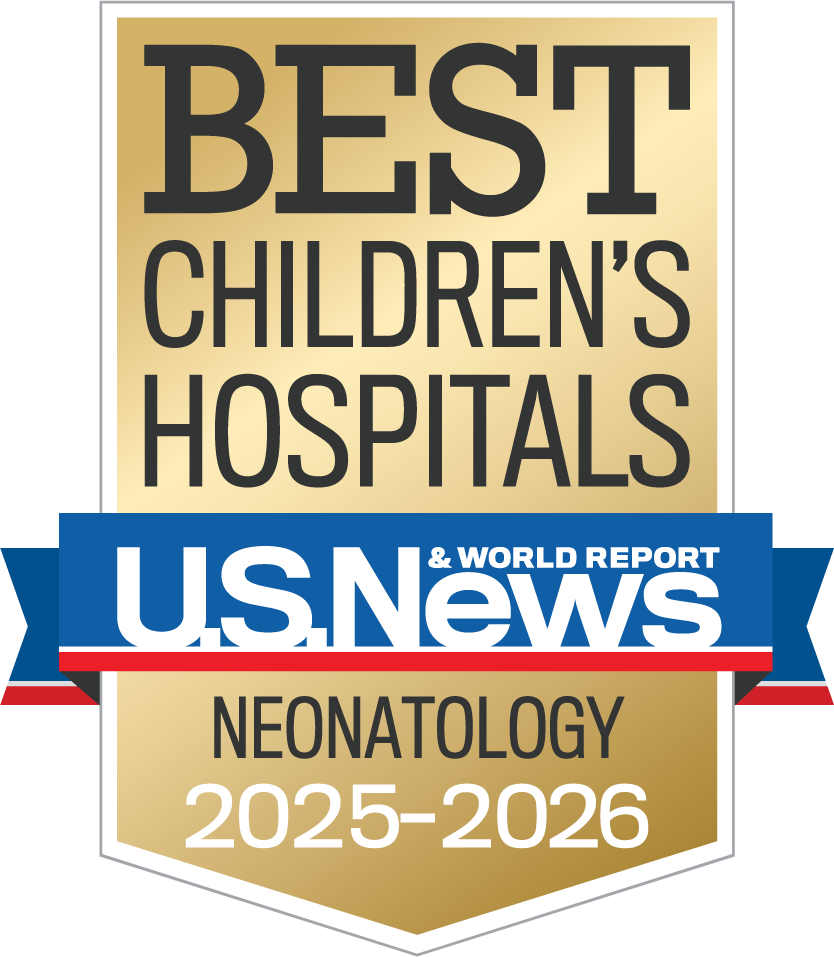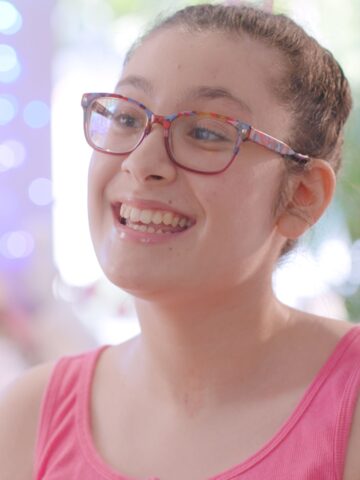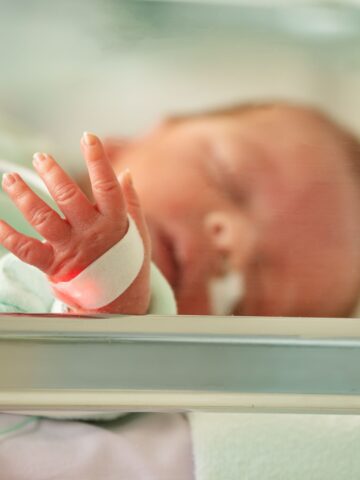Until recently, hemodialysis was often not an option for neonates and small infants with acute kidney failure. But in 2020, the FDA approved use of the Cardio-Renal Pediatric Dialysis Emergency Machine, or Carpediem. In 2024, CHOC began using the Carpediem system for the first time, providing new lifesaving options for medically fragile patients.
“As of the end of November 2024, we had used it on three patients,” says Dr. Amir Ashrafi, director of the Neonatal Cardiovascular unit at CHOC. “We’ve spent the last two years providing advanced training and troubleshooting to ensure a seamless transition to the new technology before using it on patients.”

Carpediem: A solution to a challenging diagnosis
Hemodialysis can be a complex process, and with neonates, the challenges mount.
“Infants have very small blood vessels, and we need to use sizable catheters to remove the blood for filtering. Finding catheters that can fit into their veins is very hard,” Dr. Ashrafi says. “In addition to being large, traditional catheters are also very long. Historically, we would advance the catheter 4 to 5 centimeters and position it directly into the baby’s heart. However, approximately 1 foot of the catheter would be outside the baby, frequently sutured to the baby’s head. These catheters were at high risk for falling out, which would be catastrophic for these newborn babies. The system just wasn’t designed for babies.”
This incompatibility with size was especially troublesome when preemies or other low birthweight babies needed continuous renal replacement therapy (CRRT). The Carpediem dialysis system is designed specifically for the smallest infants and allows physicians to provide CRRT for babies as small as 3.5 pounds or who were born at least six weeks prematurely. Research has found the system offers higher survival rates than a retrofitted adult dialysis machine. In one retrospective cohort analysis, 33 of 34 infants survived until discontinuing continuous kidney replacement therapy with Carpediem, while of 48 infants who did not receive Carpediem therapy, only 21 survived.
“The system uses a tiny catheter that we insert into the internal jugular vein, which then goes directly into their right atrium,” Dr. Ashrafi says. “There’s much less blood volume, so there’s less dilutional effect, and the filtered blood goes directly back to the baby’s heart.”
Giving physicians and families the gift of time
Congenital kidney disease with fluid overload is one reason infants might need the Carpediem system. Acute kidney injuries are another. These injuries have mortality rates of 60% and are common in babies who experience hypoxic ischemic encephalopathy, cardiac problems or sepsis.
“In many of these cases, there is the potential for recovery of kidney function,” says Dr. Monica Sondhi, neonatologist at CHOC. “Fluid management is one of the most effective treatments, and the Carpediem system allows us time to optimize cardiovascular performance and perfusion, oxygen delivery and nutrient delivery to the kidneys so they have time to heal, giving these babies a chance to survive.”

While Carpediem may not save the life of every baby with renal failure, it provides more time for the baby to grow bigger as physicians create a possible care plan, which may include transitioning to peritoneal dialysis, transplant or going home. The CHOC team recently cared for a baby with an underlying genetic disorder that prevented their kidneys from getting rid of extra fluid as they should.
“We were able to offer the baby Carpediem and help mobilize the extra fluid, which really helped their overall clinical status, and they were eventually able to be discharged from the NICU,” Dr. Sondhi says. “What we’re doing with this machine is giving a baby a chance to live. Until now, we would have to tell families we have nothing more to offer.”
CHOC expects to treat between 10 to 20 babies with the machine in 2025.
Collaborative care: Essential for the Carpediem system
It takes a team of CHOC neonatal specialists to ensure the Carpediem system elicits peak benefit.
“I or another cardiac neonatal specialist will insert the cannula into the right internal jugular vein, while another person from our neonatal cardiovascular team will use ultrasound to guide the device into the right atrium,” Dr. Ashrafi says. “Accuracy is key, because small manipulations of millimeters can make a difference between a successful and unsuccessful run. Teamwork is critical, and we use multiple physicians to ensure ideal catheter positioning.”
Once the ports are in place, a nephrologist will set up the dialysis. The Carpediem system offers CVVH, CVVHD and SCUF modalities, allowing the nephrologist to personalize their approach to what the infant needs.
Also on the team is a hematologist, who titrates anticoagulation therapies for each baby.
“Any time you put plastic inside the heart, there is the propensity for problems, including blood clots,” Dr. Ashrafi says. “No two babies will have the exact same anticoagulation strategy. When you start anticoagulating babies for too long, they’re at risk of bleeding anywhere in their body. The longer they are on the machine, the more complicated it gets.”
This risk of bleeding and clotting is why babies will not stay on the Carpediem system for longer than two weeks to one month.
“There’s a true collaborative effort in providing this innovative care for our most fragile babies,” Dr. Sondhi says. “We continue to find new ways to make this care as seamless as possible, such as neonatologists and nephrologists’ timed daily rounding together.”
The CHOC neonatal team has more innovative plans, all with the ultimate goal of saving more lives.
“At the CHOC NICU, we’re not comfortable with the status quo,” Dr. Ashrafi says. “We want to keep moving medicine forward, and we believe in being innovators and early adopters of technology and medicine.”

CHOC was named one of the nation’s best children’s hospitals for neonatology by U.S. News & World Report in its 2025-26 Best Children’s Hospitals rankings.




